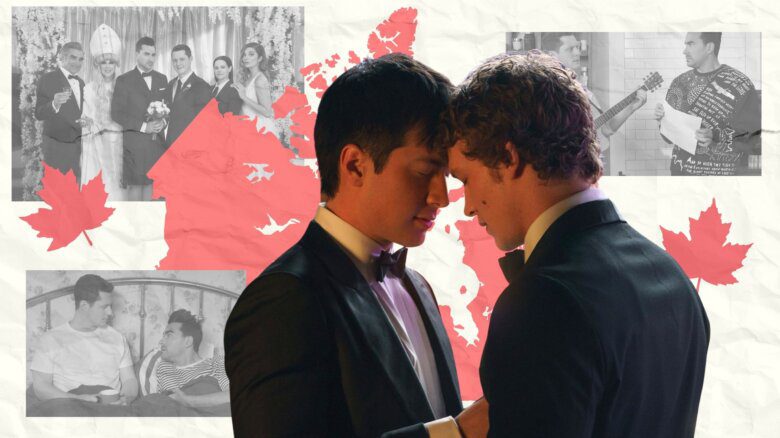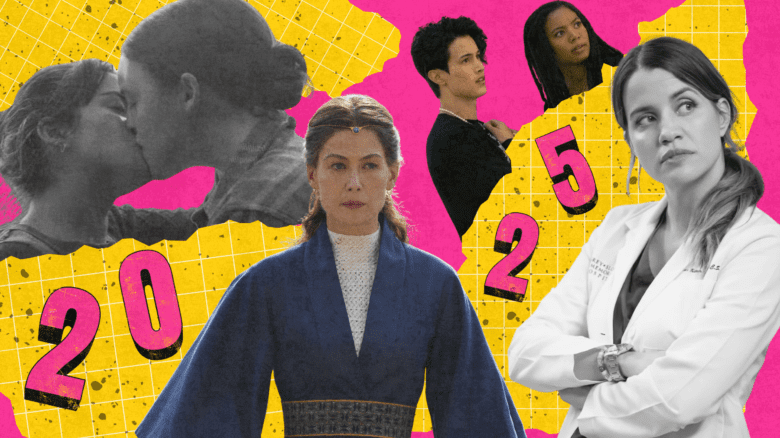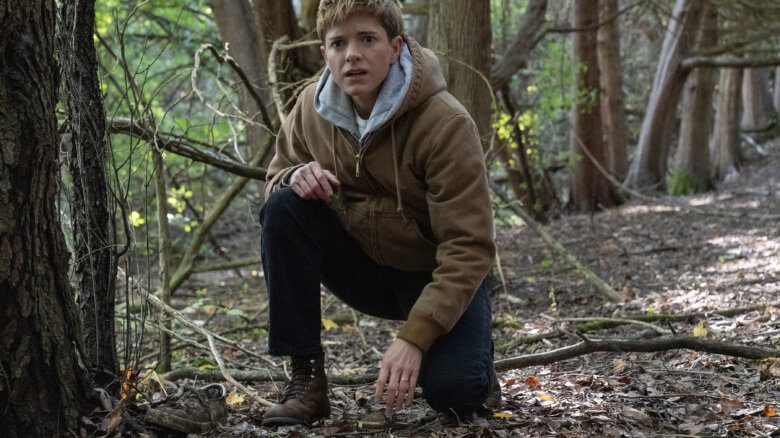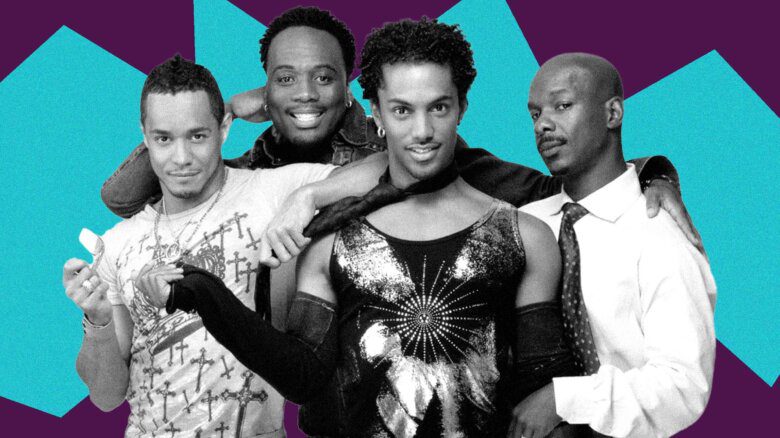We’re on the historic space shuttle Challenger flight with Sally Ride, the first American woman in space. In one of the most stunning scenes of Sally, a new documentary by Cristina Costantini, she looks out at the frothy coral reefs off the coast of Australia and the white peaks of the Himalayan glaciers, Earth’s atmosphere a hazy fuzz at the edge of the world. The archival footage and photos show Ride floating in the shuttle. She’s grinning wide, eyes alight.
“I loved being weightless. I think it’s a feeling of freedom,” Ride says, in a voiceover pulled from a past interview.
The night before this history-making moment, though, the astronaut confided in her childhood friend, Tam O’Shaughnessy, that she was afraid. “A former astronaut told her that if you’re not afraid, you don’t know what’s about to happen,” O’Shaughnessy recounts.
Moments later in the film, footage of the liftoff plays, rocket fuel burning bright orange in the sky, and we hear Ride’s voice ring out, exuberant, from within the shuttle: “This sure is fun!”
It’s a conflict that crops up frequently throughout Sally—the version of Ride as a heroic, competition-driven trailblazer for women in space butting up against the version of her that the audience learns about in real-time, a person who was private, introspective and, the documentary seems to suggest, afraid. The film explores the life of Sally Ride and, for the first time, delves into the queer identity she chose to hide from the world while alive. Guided heavily by the vivid present-day recollections of O’Shaughnessy, that childhood friend who eventually became her life partner of 27 years, Sally takes viewers from the early days of Ride as a physics student through her moments as “the most famous person on Earth,” to the many years of her life in a hidden lesbian relationship before her untimely death in 2012.
“Sally risked everything to make history, but telling the world about us was a risk she just couldn’t take,” O’Shaughnessy says during the intro of the film. It’s a punchy quote that sets the stage for a certain kind of narrative about Ride: a lionhearted leader in public who harboured a secret and couldn’t get over her own fear when it came to her private life. But this narrative belies the documentary’s own recollection of who Ride really was, pieced together by interviews with her NASA class of 1978 (including Kathy Sullivan, Anna Fisher and John Fabian), her sister and mother and fellow trailblazer and longtime friend Billie Jean King.
The first half of Sally explores the full scope of Ride’s journey at NASA, one that was rife with misogyny. Part of the first cohort to include women and people of colour, everyone—including the press and other astronauts—didn’t know what to make of Ride and the few other women who joined. This was 1978, a time when only four of the 4,000 technical staff at NASA were women, and footage of interviews featuring Ride shows her mounting frustration with the sexism directed at her during her tenure at the program.
In one clip, she appears to be reminding a journalist of a warning she already issued. “What I was saying was it’s not Miss Ride,” she says firmly, a tight smile on her face. “It’s either Dr. or Sally, and you can take your choice.” The journalist chooses Sally.
As one of two frontrunners from her cohort likely to be selected for the next space mission, the pressure was on Ride from the beginning. Speculation abounded as to whether a woman could even handle being an astronaut. A particularly sobering montage in the documentary cuts together clips from TV shows and media at the time featuring women astronauts, all of which were played for laughs, having the characters break down into tears and appear emotionally volatile.
After Ride was selected for the iconic 1983 space shuttle Challenger flight, the film recounts the droves of women who showed up to witness it. It’s a touching scene: young women and old, mothers with their daughters—some still babies, swaddled tight in their arms—all gazing up at the sky, eager to witness history being made. It’s also a reminder of exactly what was waiting for Ride when she landed back down on Earth; immediate, intense fame. We see the answer to a question the documentary attempts to pose unfolding before it’s even asked—but it’s a different answer than Sally will suggest, later on. Why couldn’t she come out?
“I have thought long and hard about why Sally could not be open about our relationship and the only thing that makes sense to me is that she was afraid,” O’Shaughnessy says. In the documentary, O’Shaugnessy says that Ride’s decision to keep their relationship private was frustrating and difficult to understand. “Sally was afraid of what people would think, especially her colleagues and her friends, and how that would change what they thought about her.”
Sure, fear would have been a part of it, as it is for virtually every queer person who grapples with the question of coming out. But Sally makes it clear: for Ride, it didn’t just feel like the weight of the world was on her shoulders. Like the many women who were “firsts” in their fields before and after her, it seemed like the future of all womanhood was in her hands. Succeed, and she would open hundreds of doors for women in her wake at NASA and beyond. Fail, and an entire gender would be written off, setting any progress back decades. With so much to lose—sure, for herself, but mostly for others, all those swaddled babies who blinked up at her space shuttle in the sky—is it any wonder Ride felt that coming out wasn’t an option?
“I’d meet women who would start crying when they met me, and it was really overwhelming to me,” Ride says, in an interview featured during the film. Footage of her many, many post-Challenger appearances play, from the White House to throwing the first ball at a World Series game, cut together at an increasingly dizzying speed. There’s an eerie quality to some of these moments—such as seeing President Reagan meeting Sally Ride and celebrating her glass ceiling-shattering achievement with the release of hundreds of balloons in front of an audience, while behind the scenes, the staunchly anti-abortion politician was waffling on the Equal Rights Amendment and blatantly ignoring the existence of the growing AIDS epidemic.
It’s here that the legend of Sally Ride gets deconstructed. We learn that Ride, after seeking therapy because of her anxiety, escaped it all, running away to Atlanta—where O’Shaughnessy was living at the time. Ride was married at the time to fellow astronaut Steve Hawley. (“A great PR move,” Sullivan quips in a present-day interview about what she thought of the union.) Soon, Ride and O’Shaughnessy’s love affair begins, played on screen through sometimes overwrought but mostly sweet re-creations in the style of archival footage.
Ride and Hawley eventually divorce, and O’Shaughnessy and Ride begin living together. They start a foundation, Sally Ride Science, together. They go to family gatherings together—on Ride’s side, the documentary pointedly tells us, with her sister Bear and her wife in attendance. And yet throughout it all, Ride didn’t want to come out publicly, choosing to not even discuss her relationship with her sister. It was only when Ride was dying of pancreatic cancer that she told O’Shaughnessy to identify herself however she wanted in her obituary.
O’Shaughnessy, Ride’s college ex-girlfriend Molly Tyson and some of Ride’s friends keep coming back to fear to explain her privacy. But Sally proves it was about so much more than that. It was during Ride’s time as an astronaut that Billie Jean King was outed, losing millions of dollars in endorsements. Ride’s sister and her wife also lost their jobs as ministers when they came out together.
Right now, American LGBTQ2S+ federal workers are facing what they describe as a “Lavender Scare” (a term referring to the moral panic around the security threat that gay and lesbian federal employees supposedly posed during the Cold War in the United States that resulted in thousands of queer people losing their jobs) under Trump’s presidency, fearing for their jobs as new directives have driven the removal of employees who previously worked on anything DEI-related. Many will have to make a calculated decision just like Ride did, weighing the desire to be out against the real challenges the current administration will present to their ability to do their jobs and live their lives.
Backlash against the LGBTQ2S+ community has also grown: states introduced over 520 anti-LGBTQ2S+ bills in 2023 (more than each of the previous five years) and the Supreme Court’s conservative majority has been attempting to chip away at constitutional protections for queer people. Canada hasn’t been immune: anti-LGBTQ2S+ protests rose from 2022 to 2023, as did police-reported hate crimes targeting sexual orientation or gender identity.
Ride said it herself, the night before that momentous flight into space: If you’re not afraid, you don’t know what’s about to happen. Ride knew exactly what could happen, and what was at stake. So do countless queer people living in the U.S. and beyond, for whom the decision to come out becomes increasingly more fraught.Near the end of the film, a prophetic quote from a past interview with Ride plays. “I’d like to be remembered as someone who was not afraid to do what she wanted to do, and as someone who took risks along the way in order to achieve her goals.” In Sally, fear is but an inevitable undercurrent of Ride’s story. It’s the risk-taking Sally who is memorialized here—how fearless, to fall in love with your childhood best friend. How fearless, to launch into the sky, carrying the dreams of millions with you into space and back.
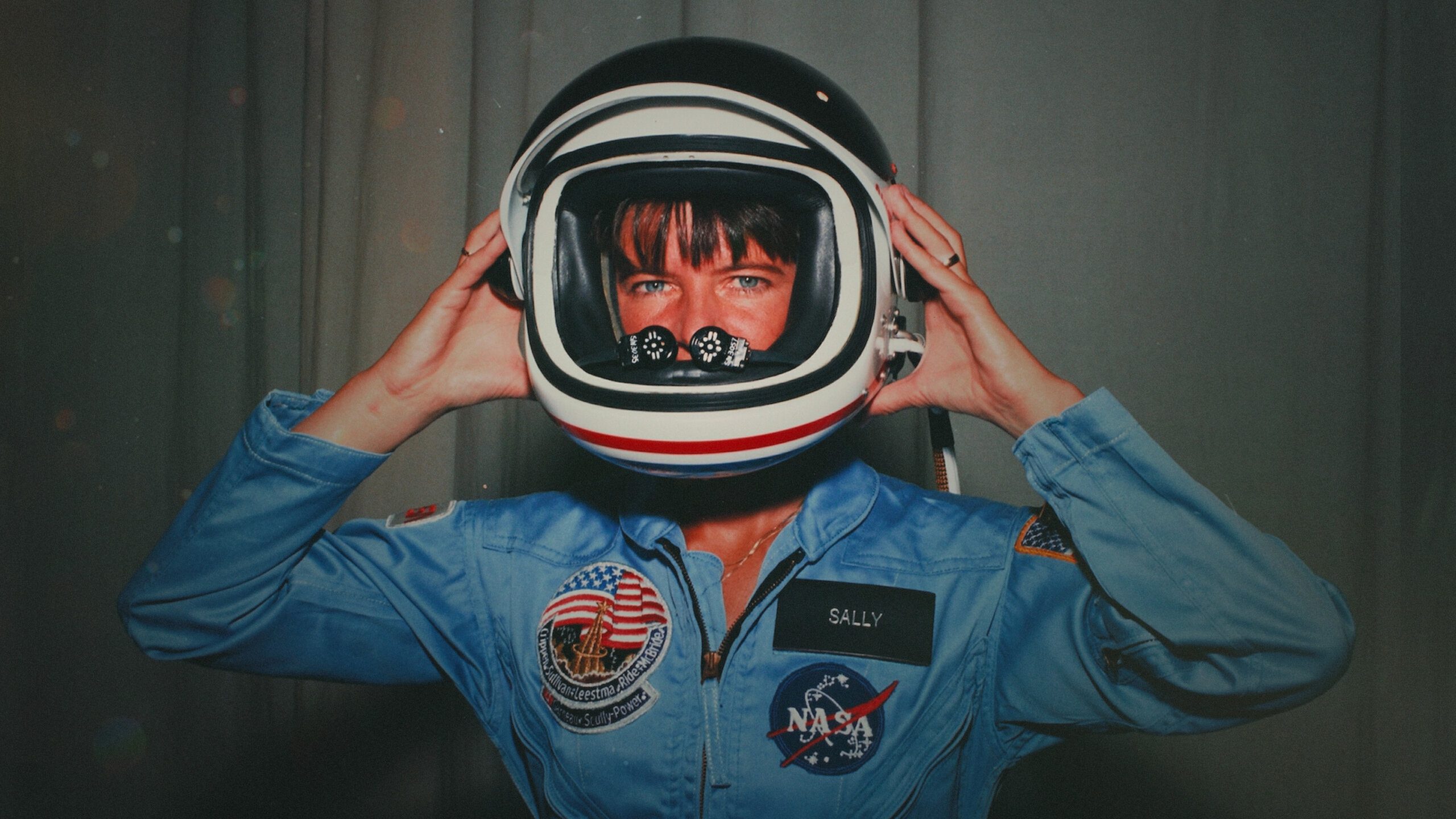

 Why you can trust Xtra
Why you can trust Xtra